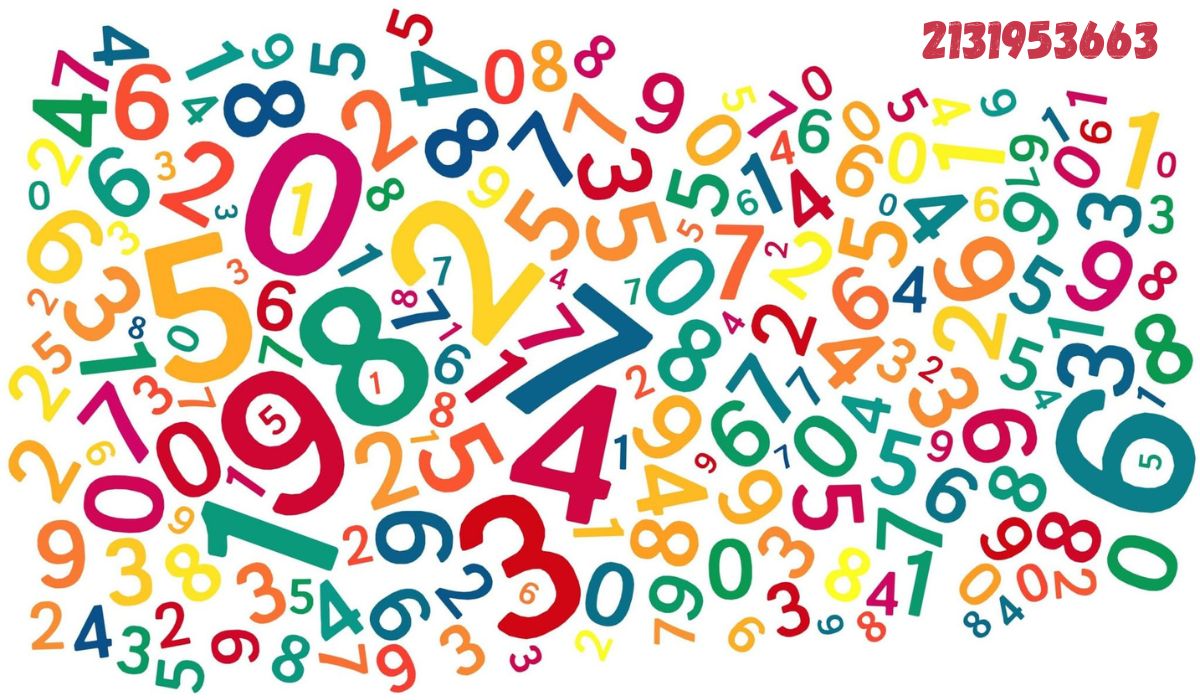Introduction
Have you ever encountered a decimal in your calculations and wondered how it all fits together? Today, we’re focusing on the calculation 0.0017×100. This seemingly simple multiplication problem has significance in various fields, including finance, science, and everyday life. In this article, we’ll break down what 0.0017×100 means, why understanding decimals and multiplication is crucial, and how small numbers can impact our lives in big ways.
What is 0.0017×100?
Step-by-step solution to 0.0017×100
Calculating 0.0017×100 is straightforward. Here’s how to do it step by step:
- Identify the Numbers: We have 0.0017 (a decimal) and 100 (a whole number).
- Multiply: When you multiply, the process is similar to multiplying whole numbers, but you must account for the decimal places.
- Multiply 1.7 by 100. This equals 170.
- Adjust for the Decimal: Since we initially had 0.0017, which has four decimal places, we need to move the decimal point four places to the left in our result.
- Thus, 170 becomes 0.17.
So, 0.0017×100 = 0.17.
Importance of understanding decimal points
Decimals are vital in many fields. Understanding where to place the decimal can change the outcome of calculations significantly. For example, in finance, moving the decimal incorrectly can lead to severe miscalculations in interest rates or expenses.
Importance of understanding multiplication
Multiplication is a fundamental arithmetic operation that we use daily. Whether calculating expenses, determining quantities in recipes, or working in scientific research, a solid grasp of multiplication helps avoid errors and enhances problem-solving skills.
Applications of 0.0017×100 in Real Life
Financial applications
In finance, small numbers play a crucial role. For example:
- Calculating Interest Rates: When dealing with interest rates, even a tiny decimal can lead to different financial outcomes. A rate of 0.0017 means a 0.17% interest, which could influence investment decisions.
- Taxes: Understanding small percentages can help in tax calculations, ensuring you don’t overpay or underpay.
Scientific applications
In science, precise measurements are essential:
- Measuring Small Quantities: In fields like chemistry, small quantities are common. Using decimals allows scientists to measure substances accurately, ensuring experiments yield reliable results.
Business applications
Businesses often rely on small decimal figures for decision-making:
- Calculating Profit Margins: If a business sells an item for $1.00, understanding that a 0.0017 decrease in price affects overall profit helps in pricing strategies.
- Inventory Levels: Small decimal values can indicate stock levels, allowing businesses to manage inventory efficiently.
The Significance of Small Numbers
How small numbers can have a big impact
While numbers like 100 or 1000 grab attention, small numbers can change outcomes just as drastically. A small percentage can lead to significant differences in budgeting, pricing, or resource allocation.
Examples of small numbers with big consequences
- Medicine Dosages: In healthcare, a dosage of 0.0017 grams can make a difference in patient treatment, showing the importance of precision.
- Environmental Measurements: Scientists measure pollutants in parts per million (ppm). A tiny change in concentration can indicate environmental harm.
The importance of paying attention to small details
In many aspects of life, attention to detail matters. Whether it’s proofreading a document, conducting an experiment, or balancing a budget, small errors can have larger repercussions.
Conclusion
Understanding 0.0017×100 may seem trivial at first glance, but it opens the door to a deeper appreciation of how small numbers impact various fields. From finance and science to everyday life, recognizing the significance of decimals and multiplication can lead to more informed decisions and better outcomes. Embrace the small numbers; they often hold the key to larger truths.
FAQs
What does 0.0017×100 equal?
0.0017×100 equals 0.17.
Why are small numbers important in finance?
Small numbers can represent crucial percentages that impact investments, interest rates, and overall financial decisions.
How do decimals affect scientific measurements?
Decimals allow for precise measurements, which are essential in experiments and accurate reporting of results.
Can a small percentage affect business profits?
Yes, even a small decrease in price or cost can significantly influence profit margins.
Why is attention to detail important?
Paying attention to small details helps avoid errors that could lead to larger issues in various fields, including finance, science, and everyday tasks.





